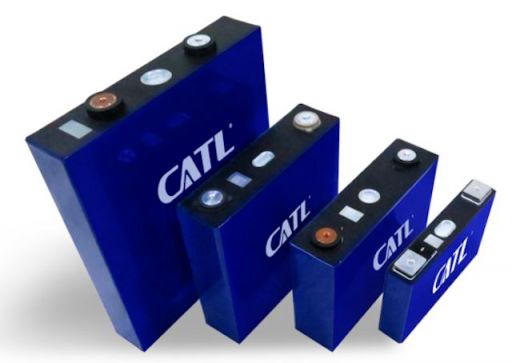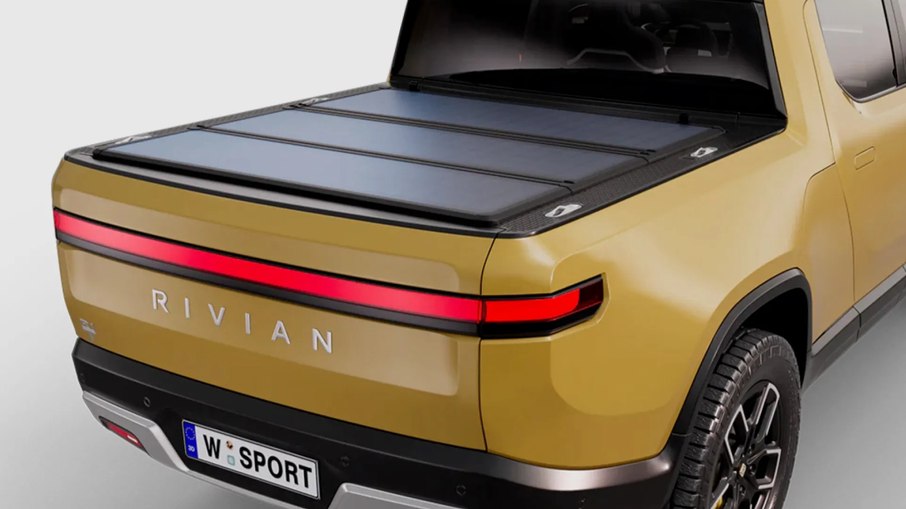CATL

Company introduces condensed battery with 500 Wh/kg, soon in electric aircraft
Electric transport has many problems. One is to ensure enough electricity, which is not as extreme an increase as many expect, but with the increasing representation of RES, the pressure on temporary storage increases, which can be a problem (and the shutdown of coal-fired power plants and the senseless shutdown of nuclear ones, which they are probably the best stable and ecological resource we have). After all, insufficient storage capacities were recently behind the fact that the Czech Republic had to shut down a sixth of its solar power plants. Accumulators are the second problem, there is a need to increase the energy density, lifetime, safety, reduce the environmental load and the price so that ideally all these properties apply to one type at the same time. Different types of batteries solve different problems, but usually not all at once and the company CATL with his new Condensed Battery primarily addresses density and security. It is supposed to reach an unprecedentedly high density 500 Wh/kg.
These are very high numbers indeed. The very cheap sodium Na-Ion batteries that are starting to be used in electric scooters as well as cars these months are somewhere around 120-160 Wh/kg, still relatively cheap Li-Ion LFP (most cheap Chinese EVs, Tesla Standard Range, soon in Ford and VW cars) we have somewhere around 160-170 Wh/kg and the Li-Ion NCMs used in most electric cars are around 240-300 Wh/kg. This year, NIO with its semi-solid-state battery with 360 Wh/kg should get more significantly over this limit. The battery from CATL should therefore exceed the current standard almost twice, which sounds almost too good. They even surpass the above-mentioned battery by more than half, which we should soon find in NIO electric cars (and which themselves exceed the standard by a third). On the other hand, Amprius already supplies batteries with 450 Wh/kg for stratospheric deployment, and a few weeks ago also announced a battery with 500 Wh/kg, the prototypes of which should be sent to partners this year, but large-scale production will certainly take some time.
CATL’s new battery brings unspecified changes, which he described only very generally as an innovative anode, a high-energy cathode, a new separator, a production process, and he probably talked most about the electrolyte. It should have high conductivity thanks to a “self-adaptive network structure at the micrometer level”. In other words, it can change itself to facilitate the transfer of lithium ions.
CATL sees great sense in air transport and is already working with partners on the development of an electric aircraft for the transport of passengers. Due to its density, the accumulator should be usable for this use as well, it should also achieve the required safety. Of course, deployment in electric cars is also considered. When? CATL let it be known that large-scale production should start already this year, which is hard to believe. We know very well that most such plans do not work out very well and it is a good idea to add at least half from the time of termination. If CATL plans to start production within 8 months, we should probably count on at least 12. Even that seems to me to be too optimistic considering the density, but who knows, maybe CATL will surprise like it has done several times. After all, Na-Ion was promised for 2023 and is already on the market, M3P as well, and as for the Qilin structure planned for this year, the battery with it is mass-produced despite the delay since the end of March this year, and should start in the following months deliver in Zeekr and Li Auto electric cars.
Let’s add that with such a density, a 100kWh accumulator could reduce the weight of its cells from today’s approx. 350-450 kg to just 200 kg. The entire battery is of course much heavier due to the packaging, cooling and electronics (approx. 550-700 kg), so we could be somewhere around 300-350 kg, and therefore a saving of 250-350 kg compared to today’s situation. But the fundamental question to which we do not know the answer is the price of new articles. We know that with the aforementioned accumulator in NIO cars, only the price of the 150kWh accumulator is comparable to the price of the ET5 car.
by Mundoquatrorodas

Nenhum comentário:
Postar um comentário